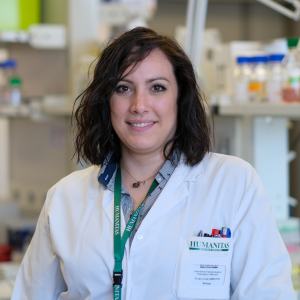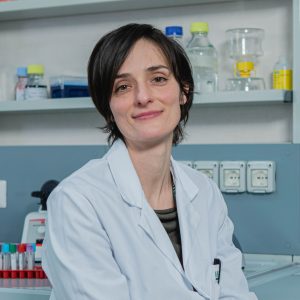Team
Marianna Leonzino: Organelle Dynamics in Neural Health and Disease
Our lab investigates how subcellular organelles communicate and cooperate through membrane contact sites to sustain neuronal function and survival. We are particularly interested in the molecular mechanisms that govern lipid transfer, organelle biogenesis, and quality control at these specialized membrane interfaces. Disruption of these pathways is increasingly recognized as a common denominator across diverse forms of neurodegeneration. By combining advanced imaging, lipidomics, proximity proteomics, and iPSC-derived neuronal models, we explore how disease-linked proteins — such as VAPB and VPS13 family members — orchestrate organelle dynamics, and how their dysfunction contributes to motor neuron diseases and movement disorders. Our goal is to uncover fundamental principles of subcellular organization and define how their breakdown leads to neuronal vulnerability, paving the way for the identification of novel therapeutic targets in neurological disorders.
Selected publications
Defect in hematopoiesis and embryonic lethality at midgestation of Vps13a/Vps13c double knockout mice.
VPS13B is localized at the cis-trans Golgi complex interface and is a functional partner of FAM177A1.
A partnership between the lipid scramblase XK and the lipid transfer protein VPS13A at the plasma membrane.
ER-lysosome lipid transfer protein VPS13C/PARK23 prevents aberrant mtDNA-dependent STING signaling.
Insights into VPS13 properties and function reveal a new mechanism of eukaryotic lipid transport.
VPS13D bridges the ER to mitochondria and peroxisomes via Miro.
Role of VPS13, a protein with similarity to ATG2, in physiology and disease.
Impaired approach to novelty and striatal alterations in the oxytocin receptor deficient mouse model of autism.
VPS13A and VPS13C are lipid transport proteins differentially localized at ER contact sites.
The Timing of the Excitatory-to-Inhibitory GABA Switch Is Regulated by the Oxytocin Receptor via KCC2.
Team members



